I may get commissions for purchases made through links in this post.
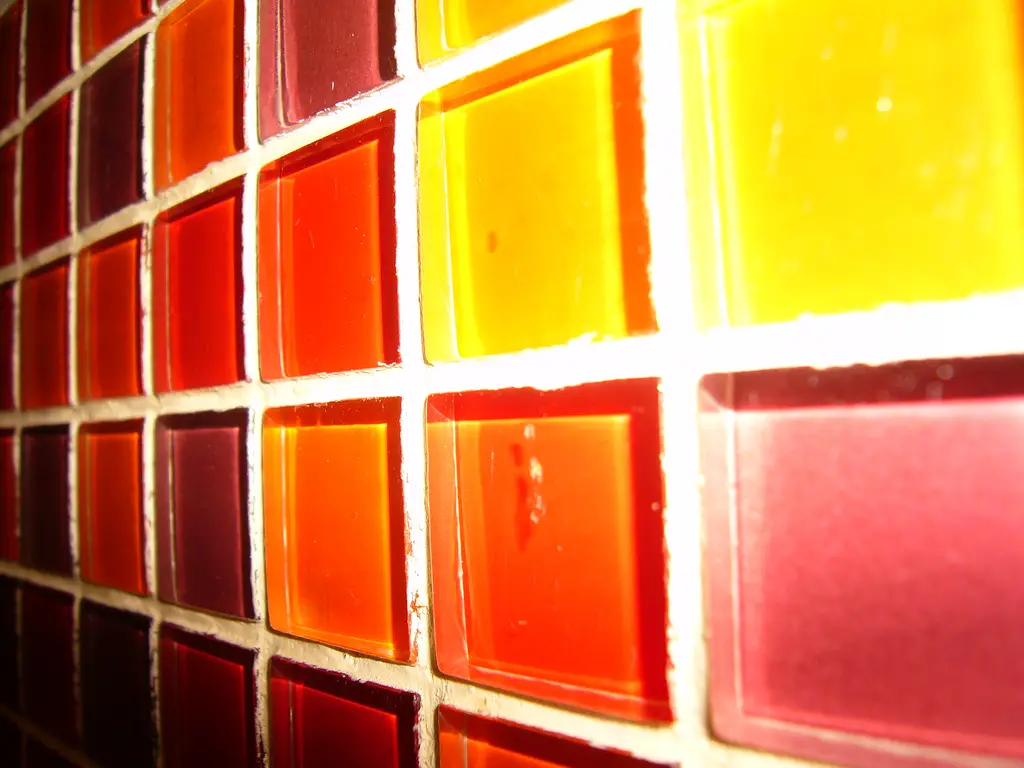 There’s a whole science around the applied use of color in our homes, offices, and other buildings.
There’s a whole science around the applied use of color in our homes, offices, and other buildings.
Popular media rant about how the wavelengths of light influence our mood and well-being.
Advice such as, ‘the best mood enhancing colors for your bedroom’ is omnipresent.
Interesting sounding theories referring to the cones in our eyes retina, how these affect hormone production in your body, and how this affects our behavior and moods are used to support color advice.
The development of the fancy sounding color harmony model as well as the widespread presence of color psychology advice leads us to belief that a lot of scientific thought has been put into this field.
But is this really so?
Contrary to what is often implied, no not so much..
The truth is that even for the assumptions that red is stimulating and colder colors are calming is no real scientific evidence.
Admitted, some studies do indicate a link between red and for example increased heart rate but these are often not empirically sound.
The pale truth on home color psychology advice
- Yes, studies do show that certain colors can improve your mood, (or worsen for that matter), increase productivity, boost energy, increase appetite, improve concentration, promote socialization, lower or raise blood pressure, relax muscles, and even reduce negative behavior.
- But it’s important to note that color design theory and color psychology are very dependent on culture, region, age, gender, as well as environmental factors and many other aspects.
- And as a result we should take the advice of color experts, such as color therapists and psychologists who scatter around fixed assumptions like green is the most relaxing color and thus the best color for the bedroom with a grain of salt. If not ignore these totally. After all, we know that color influences our mood, behavior, and more things but how exactly is far from clear.
The secret to using color psychology to your advantage
Let’s delve into the ins and outs of color psychology. Please bare with me, apart from criticizing I will also come with some simple tenets of color theory based on common sense. Let’s call them rational home color tips for sensible people.
Color me crazy (yeah yeah, lame pun) but if you ask me, in order to appropriately design a room around the function of that room related to color choice it’s just a matter of which colors appeal to you.
Let me illustrate this by giving an example.
The Best Color For Your (Home) Office
Studies show that the right color of your office depends on depends on the nature of the tasks you perform.
Red and blue both show to improve productivity.
The color blue improves creativity whereas red can make people’s work more accurate.
A recent study conducted at Columbia University, New York, among 600 people found that office workers shown red shades performed better on spell-checking tests, whereas those exposed to blue hues performed better at tasks requiring creativity.
- Red enhanced detail-oriented tasks such as remembering words or checking spelling and punctuation.
- Blue helped people score better on tests requiring imagination like creating toys from shapes or inventing creative uses for a brick.
So when you will want to optimize performance on a task that requires memory such as bookkeeping then a red room will be desirable but when you need to brainstorm on the new corporate logo you will thrive in a blue colored office.
However, another study shows that our creativity is sparked by green.
Participants who saw green prior to taking a test came up with the more interesting, imaginative answers.
But what if your daily routine exists of a roughly equal amount of creative and administrative tasks that require attention to detail? Should you go for red or blue?
I would say, since red covers on IQ tests made participants score lower, skip red. Now blue and green are left to choose. Green is also said to be relaxing so no green. You do want to keep at it. So blue it is.
Or not?
Well, to put this too in perspective. It is known that people in a happy mood are less analytic and more creative.
So if you hate the color blue you may want to reconsider writing your weekly column in the blue room.
And personally, I tend to get cold behind my computer pretty easily and yet another study shows that the body temperature of people in a red room compared to a blue room increased with one degree.
So perhaps we should still go for red?
You know what?
I’ll keep my walls white. Just to be sure. You’ll never know what new studies will come up with.
White may also have detrimental effects but then at least I haven’t wasted my time with painting the wrong color on my walls.
On a more serious note
I just want to point out that even though color psychology advice is based on research using advanced techniques such as measuring prefrontal cortical activity with the use of an electroencephalography (EEG) (as was the case in the red vs blue study) the conclusions drawn may make no sense at all.
Little known, scientifically backed, home color tips that do make sense
Something about soothing green..
Following the same logic, it is generally thought that highway signs, hospital walls and the “green room” television studios are green because they are relaxing (to the eyes).
The scrubs of surgeons are said to be green not only because surgeons and patients can relax but green can refresh a doctor’s vision of red things.
Since green is the opposite of red on the color spectrum it is theorized to help the surgeon avoid desensitizing his eyes due to watching continuously to red and pinkish innards during surgery but this aside.
The soothing effect of the color green supposedly has to do with cones in our eyes. Certain cones are sensitive to either red or green or blue light.
Green, The Perfect Color for a Relaxing Bedroom?
Usually our bedrooms are our sanctuaries. We go there to wind down from the work day, rest, read books, and sleep. Therefore, these rooms should be designed with an idea of comfort, calmness, and relaxation.
The best colors for bedrooms are likely, according to color psychologists, to be cool colors (blues, purples, and greens).
However, when you are someone who feels cold easily you may want to paint your bedroom walls red because studies do show that your body temperature is slightly higher compared when being in a blue walled room(3)
The same counts for green. Green may be associated with nature and thus soothe, but what if you dislike green and it agitates you?
Moreover..
Studies show that light (and thus color) influences all kinds of bodily functions. Among which heart rate, alertness, and sleep propensity.
Blue wavelengths have been found to exert more powerful effects than green wavelengths. In experiments blue wavelengths suppressed melatonin (the hormone that makes you sleepy) for about twice as long as the green. Blue also had stronger effects raising body temperature and heart rate. (44)
“blue light proved superior to other wavelengths in enhancing responses in the left frontal and parietal cortices during a working memory task.”
So blue may be your best bet for an office wall after all.
On a side note,
“in most studies, researchers have manipulated color by using colored walls, colored partitions, or colored lights, often in simulated work environments. Colored walls or partitions cannot provide precise color manipulations because the amount of time participants actually view the colors is completely uncontrolled.”
The Best Bathroom Colors
This actually makes some sort of sense.
Bathrooms typically follow the same color scheme as bedrooms, with one important caveat. If, for example, you like to use your bathroom mirror to see what you’re wearing for the day and to model your outfit to make sure you look your best, it’s advisable that you design your bathroom color scheme around the same color palette that you use for your wardrobe.
If, then, if you do not feel that orange is a color that’s pleasing for your body type, it’s advisable to avoid this color scheme in your bathroom as well. (3)
The Best Color For Your Kitchen
When you should believe the experts you would think red is the best color for your kitchen.
For most people food intake reduction is not such a bad thing. Even though you are not overweight or have other dietary issues, the less you eat, the healthier it is. To a certain point of course.
How convenient for all of us, at least two studies show that eating from red plates reduces food intake.
The results suggest that red functions as a subtle stop signal that works outside of focused awareness and thereby reduces incidental food and drink intake. So introducing some red plates or other elements into your kitchen may not be such a bad idea.
However…
The color red is generally thought to stimulate appetite, see the logos of fast-food restaurants such as Mac Donalds, Outback Steakhouse, Pizza Hut, KFC, Burger King, Denny’s, and a whole lot more. Studies show that the red color stimulates appetite because of its effect on our metabolism.
So there you go. What to do with such advice..
The Best Living Room Colors
Often advice is given in a way like, “First, ask yourself, What is this room for?” and then a matching color should be chosen.
Form follows funciont. For example, Typically the living room is a place where we go to socialize, play games, and enjoy each others’ company. Therefore, providing living rooms with the kinds of colors that are known to stimulate conversation (colors such as reds, yellows, oranges, and earthy tones) means that we will provide a warm atmosphere that will elicit feelings of comfort and joviality. (3)
This is hokum. Go with colors that appeal to you.
How to make sense of this all
In the end I would suggest to simply choose colors you like.
I like my orange bedroom wall. No matter if the color orange is said to energize which could, theoretically, interfere with getting asleep. And guess what, when I wake up, energizing orange comes in handy. Especially in winter.
We all make associations in our mind about color. People may like blue because it reminds them of water or the ocean or hate it because it was their unbearable ex-husband’s favorite color.
The meaning of a particular color is often nothing more than I like that color because I like that color.
The pyschology behind it can be made as complicated as you want but as long as science hasn’t even discovered the tip of the iceberg on this topic I would suggest to just go with what you like.
You may need some inspiration though. By seeing great examples of how color is used to create a certain atmosphere or ambiance. Or how certain color combinations make perfect matches for you. There are some great sources that can help you find such inspiration.
The best home color advice you can get
The best advice you can get is just to be inspired and choose well-informed but based on what feels good. This is the only home mood color pyschology advice that truly makes sense.
A truly great source to get inspired about colors for your home is ColourLovers.
Colourlovers.com is an online community that offers over 3000 color palette combinations. They also sell a book that includes a CD-ROM with all 3,286 color palette combos, including CMYK and HEX values for each color, which makes them a perfect reference for interior and decorative use.
Check out their book on Amazon: Color Inspirations: More than 3,000 Innovative Palettes from the Colourlovers.Com Community
So what do you think? Do you work like a worker bee in your blue office? Which colors do you have in your home? Shout it out below..
Image credit: radiant guy

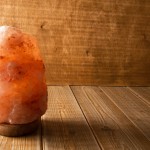

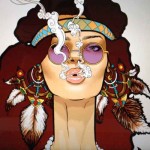





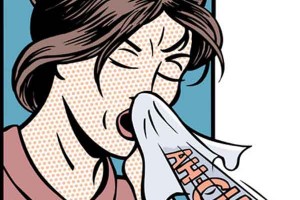



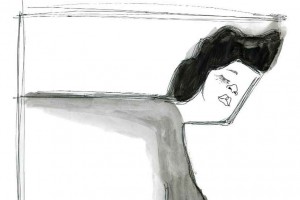
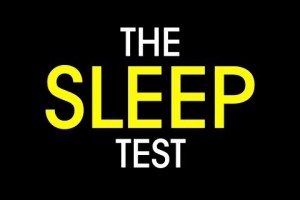
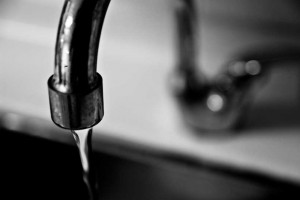
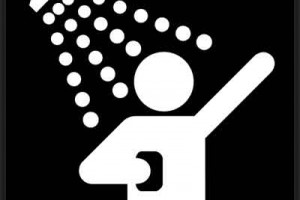






Light shades are perfect for your bedroom. Light blue, apple green or baby pink will do best for this part of your house. It will give you a feeling of tranquility and calmness as you stay inside your bedroom. Perfect in relaxing your mind and body.